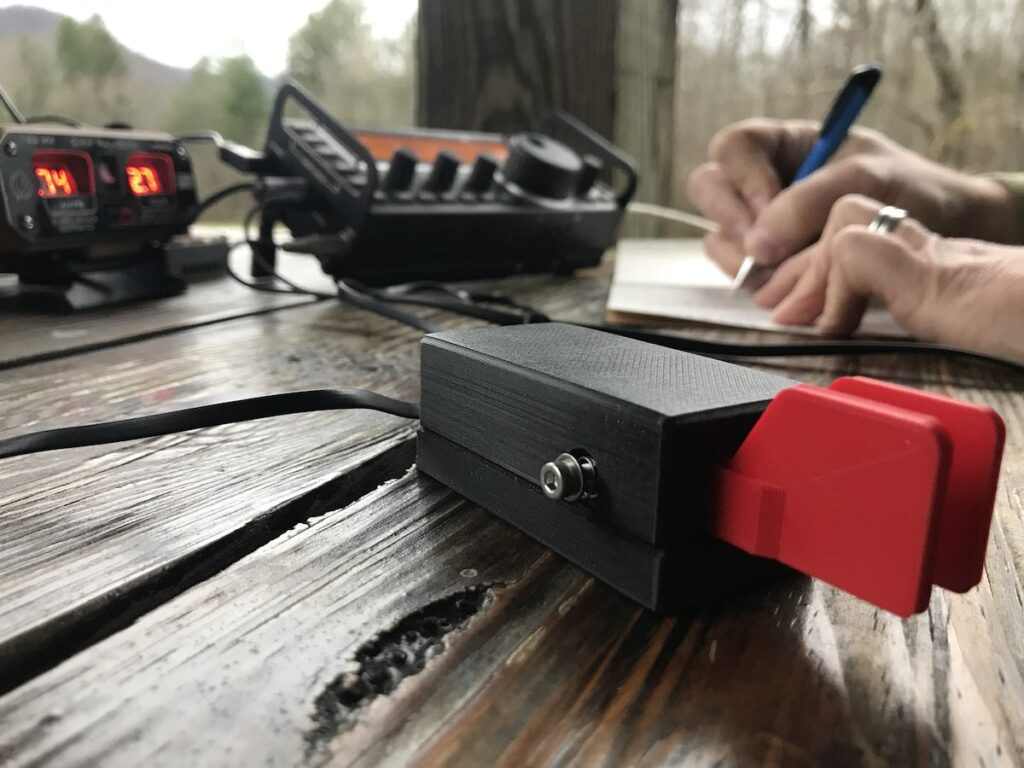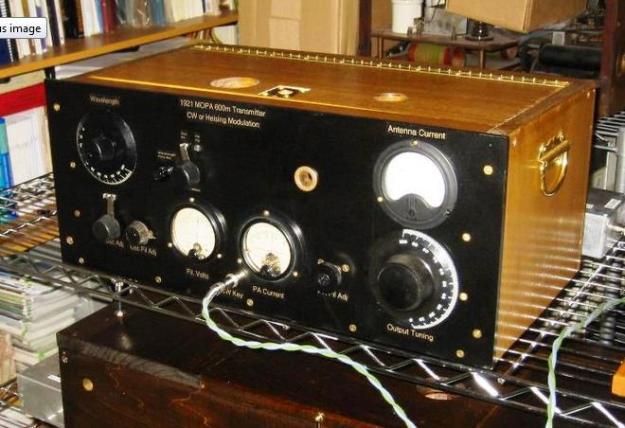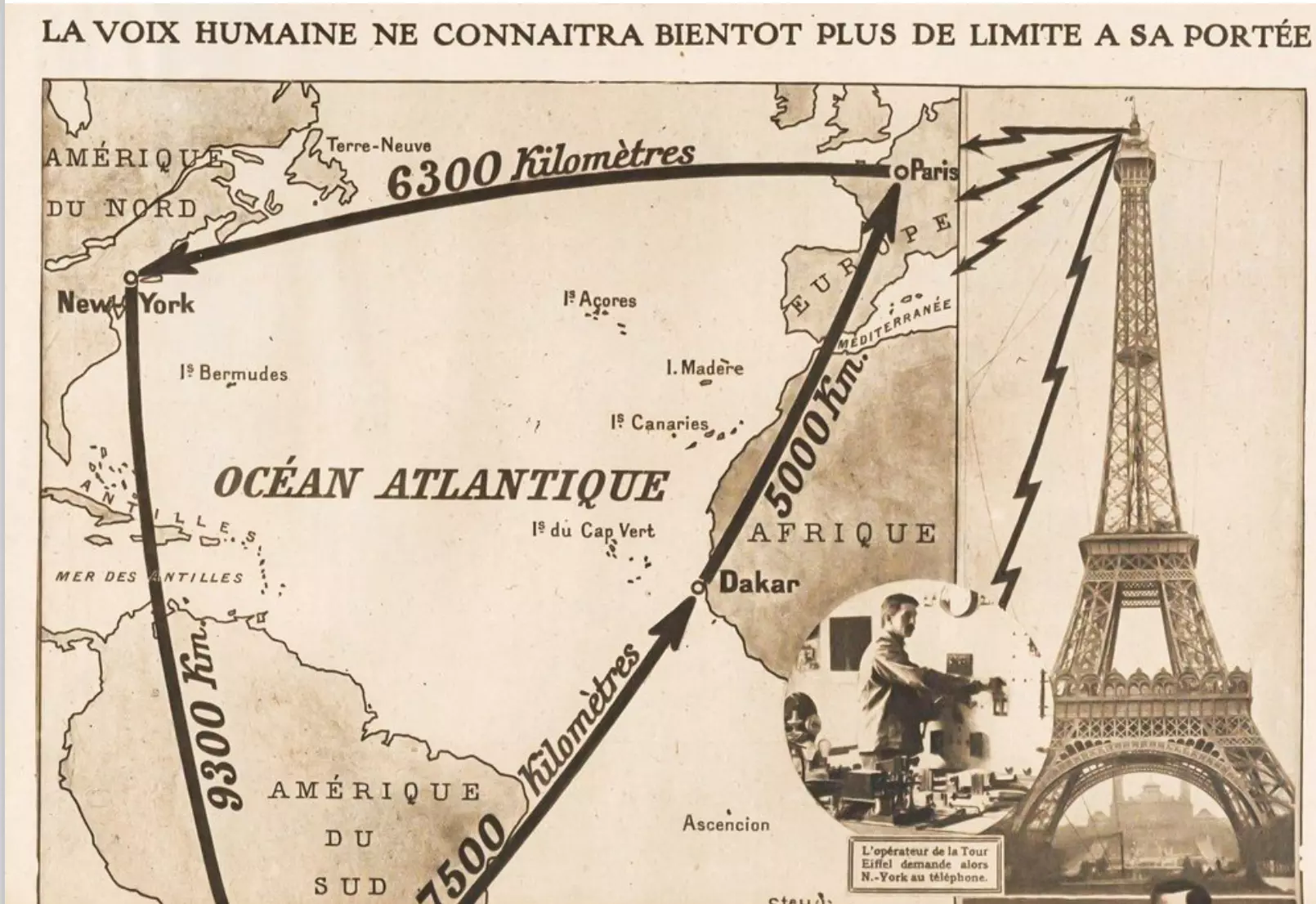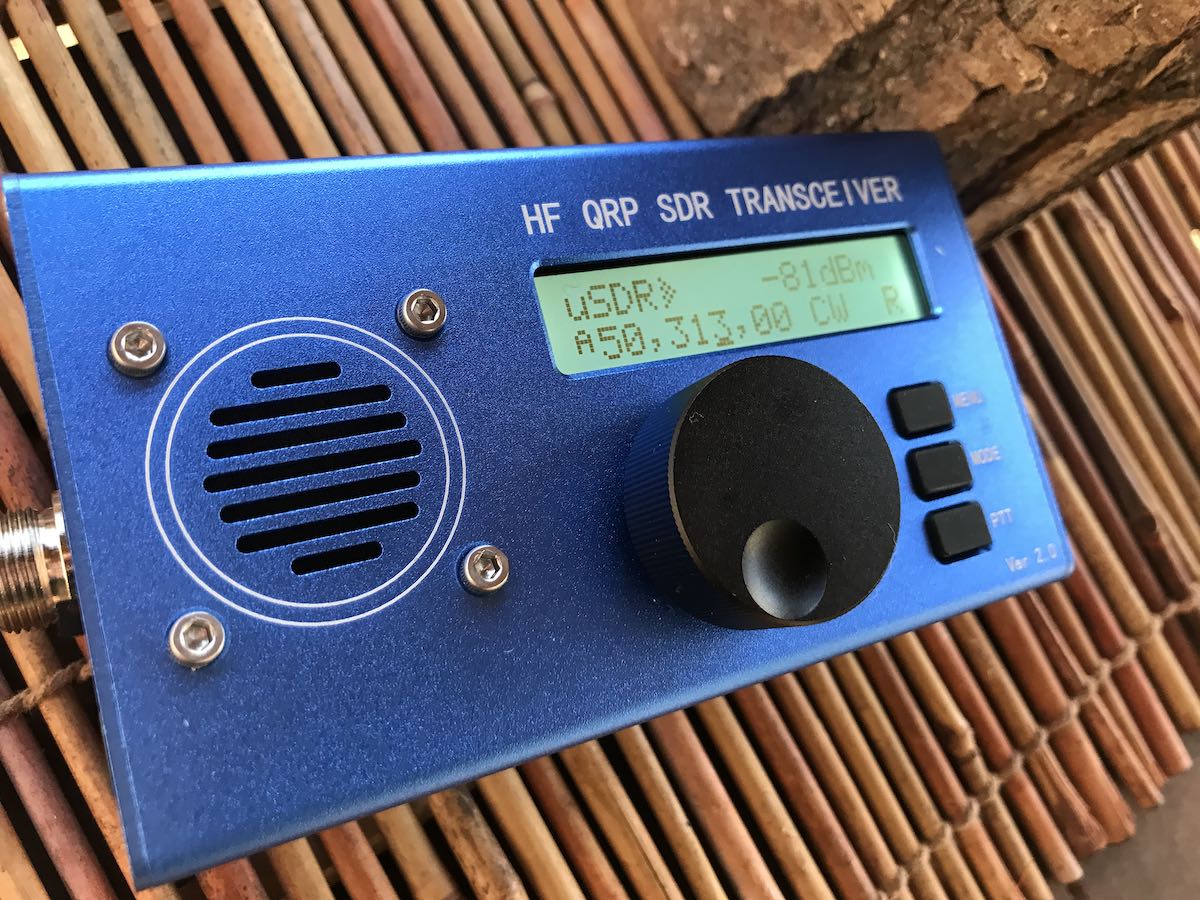
Radio Waves: Stories Making Waves in the World of Radio
Because I keep my ear to the waves, as well as receive many tips from others who do the same, I find myself privy to radio-related stories that might interest SWLing Post readers. To that end: Welcome to the SWLing Post’s Radio Waves, a collection of links to interesting stories making waves in the world of radio. Enjoy!
Many thanks to SWLing Post contributors Trevor, Dennis Dura, and Markku Koskinen for the following tips:
Its broadcasting territory is restricted and unlikely to grow significantly, and for good reason. Since 1982, Radio Atlantique has been broadcasting in the heart of the French overseas territory of Saint-Pierre-et-Miquelon, a 252 square kilometers, self-governing Atlantic clump of islands just off the south coast of the Canadian province of Newfoundland. The radio station has cultivated its uniqueness, becoming a key partner in the local life and cohesion of the 6,000 or so Miquelonnais. However, this state of mind has not prevented the project from going through difficult times and bringing uncertainties to its future.
Broadcasting in the territory of Saint-Pierre-et-Miquelon is an extraordinary adventure every day. For example, coverage of the entire archipelago was only concluded in 2010 with effective broadcasting in Miquelon, only 18 nautical miles away from the main island. This challenge for the station has only reinforced its unique place within the islands’ society. The population on the islands is highly mixed, and the vast majority of the inhabitants have French and Basque origins. [Continue reading…]
“Hey, Google. Play Toosie Slide by Drake.”
Within seconds, the Toronto pop singer’s silky voice wafts from the speakers of the ELS Studio audio system of my Acura MDX. Ten speakers in the cabin pump out trilling highs and chest-thumping bass, transforming my vehicle into a soothing audio studio on wheels. Bored, I flip over to SiriusXM for a little Hip-Hop Nation.
Modern car audio systems are so highly evolved, so seamless and so intuitive, it’s easy to forget that it wasn’t always this way. But it’s been 90 years since the first mass-produced car radio appeared, and the road to audio perfection has been a bumpy one indeed.
Michael Lamm remembers. At 84, the California-based auto historian’s car-ownership experience spans back to the early 1950s, when staticky car radios were powered by primitive vacuum tubes.
When he was growing up in Texas, he says he “didn’t really care that much about radio,” in part because programming was so limited. “I didn’t listen to the preachers who were constantly haranguing everybody.” [Continue reading…]
January 11 was Learn your Name in Morse Code Day and Roger Cooke G3LDI was interviewed on BBC Norfolk by Chris Goreham about Morse
Roger has been a keen proponent of the advantages of Morse code since he started teaching it as a teenager when he was first licenced in 1956.
You can listen to the interview by fast-forwarding to 1:54:27 in this recording
https://www.bbc.co.uk/sounds/play/p0bcktml
Free Morse training courses are available Online, see
New Icom IC-R30 Firmware Update (via Markku Koskinen)
Updated Icom IC-R30 firmware has been posted on the Icom Japan web site.
Battery health status (Normal/Caution/Warning) judgment has been improved.
Click here to check it out and download at Icom Japan.
Do you enjoy the SWLing Post?
Please consider supporting us via Patreon or our Coffee Fund!
Your support makes articles like this one possible. Thank you!

 Many thanks to SWLing Post contributor, Mark Erdle, who shares the following:
Many thanks to SWLing Post contributor, Mark Erdle, who shares the following:






